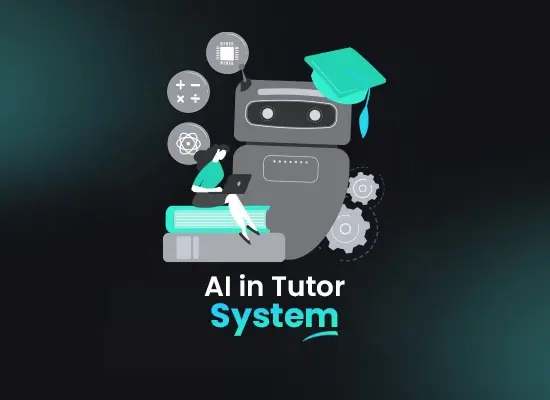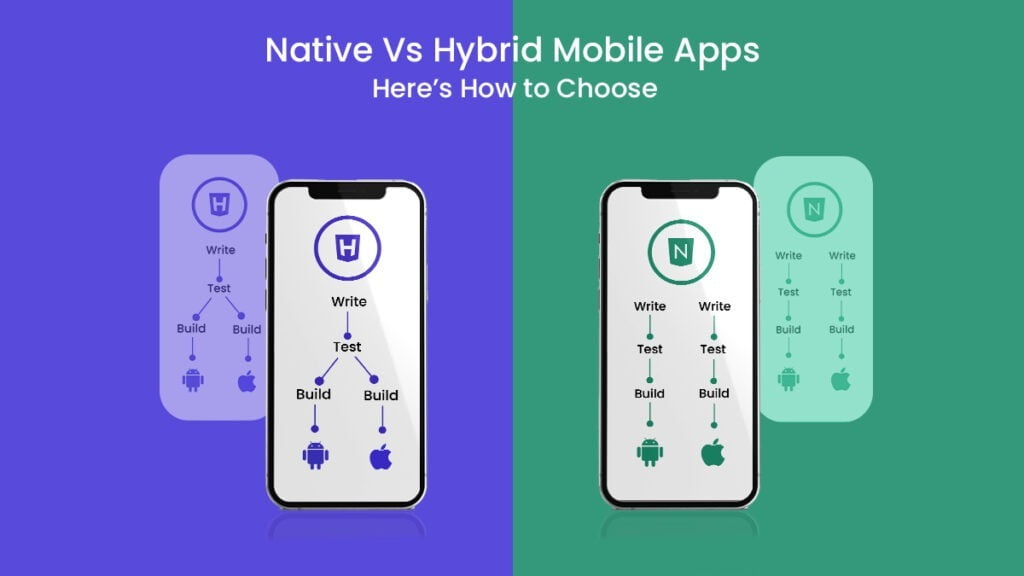GEMMA – Google’s AI Model with Responsible AI Toolkit, Brace Yourselves for the Power of AI
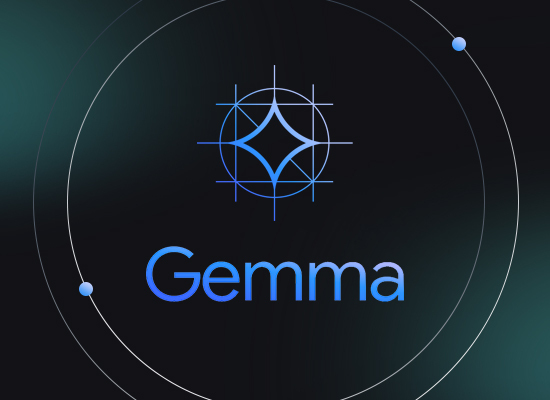
Google’s Gemma is a family of open source, lightweight, and powerful large language models (LLMs) designed for developers and researchers. Gemma empowers developers and researchers to experiment with and build AI-powered applications without needing extensive resources, promoting further exploration and innovation in the field of AI.
What is a Responsible AI?
Responsible AI refers to a set of principles and practices that ensure the development, deployment, and use of artificial intelligence (AI) systems in a way that benefits society and minimises potential harm. This is especially important for powerful tools like open source large language models (LLMs) like Google’s Gemma.
AI model by Google emphasise building trust and ensuring positive societal impact. Gemma, as an open source LLM, embodies these principles in its design and accessibility.
Firstly, open source nature fosters responsible development by making the code available for scrutiny and modification by the community. This transparency allows for identifying and addressing potential issues like bias or unexpected behaviour.
Secondly, AI model by Google inform the development of Gemma. These practices include filtering sensitive data from training datasets, incorporating human feedback to guide responsible behaviour, and rigorous testing to mitigate risks.
However, the responsibility doesn’t solely lie with creators like Google. It’s crucial to remember that user responsibility also plays a crucial role. Developers and researchers leveraging Gemma’s capabilities have a responsibility to use it ethically and responsibly to ensure its positive impact on society.
Ultimately, achieving this AI is an ongoing process, requiring collaboration between developers, users, and society as a whole. Open source LLMs like Gemma, guided by the AI model by Google principles and used responsibly by developers, have the potential to become valuable tools for positive societal change.
Seamless Collaboration | Cost-Efficient Solutions | Faster Time-to-Market

What is the Gemma AI Model?
Google’s Gemma is an exciting development in the world of artificial intelligence, offering a unique combination of power and accessibility. Built on a foundation of Google’s open source large language model (LLM) technology, Gemma empowers developers and researchers to explore the potential of AI without needing access to extensive computing resources.
This open source nature aligns with Google’s commitment to these AI principles. By making the code readily available, Gemma fosters transparency and collaboration, allowing the broader research community to contribute to its responsible development and usage. Additionally, Google provides developers with the Responsible Generative AI Toolkit, offering tools and guidance to help build safe and ethical applications using Gemma.
These open source models come in various sizes, with the two main options being 2B and 7B parameters. This allows users to choose the appropriate model based on their specific needs and available resources. Despite their smaller size compared to other LLMs, Gemma models remain powerful, achieving impressive performance on various benchmarks and even surpassing larger models in some cases.
This combination of accessibility, power, and alignment with these AI principles makes Gemma a valuable tool for the developer and research community. It allows individuals and organisations to experiment with and build AI-powered applications without compromising responsible web App development and mobile App development practices.
However, it’s important to remember that the responsibility of AI extends beyond the initial design and development. While Google has taken significant steps to ensure Gemma is built and disseminated responsibly, how it’s ultimately used by developers and researchers also plays a crucial role in determining its overall impact. Therefore, it’s crucial for users to also embrace these AI principles when working with Gemma and any other AI tool.
What are Some Examples of the Gemma AI Model?
While there isn’t one single definitive list of names for open source large language models for these AI tools, several projects and resources strive towards building and promoting this AI development. Here are some notable examples:
Open Source Large Language Models:
1- Google's Gemma:
While not explicitly labelled, Gemma adheres to Google’s AI Principles and offers open source access for scrutiny and modification, aligning with responsible development practices.
2- Hugging Face Transformers:
This open source library provides access to numerous pre-trained models, including some built with AI considerations in mind. Developers can choose and fine-tune models based on their specific needs and prioritise aspects like fairness and explainability.
Additional Resources and Projects:
1- Awesome Responsible AI:
This curated list on GitHub gathers various resources related to this AI, including open source tools, research papers, and code of ethics, providing valuable guidance for developers seeking to build this AI application.
2- Microsoft Responsible AI Dashboard:
This tool built on open source components helps developers analyse and understand their models’ fairness, bias, and explainability, allowing them to identify and address potential issues before deployment.
These examples showcase ongoing efforts to integrate these AI principles into the open source ecosystem. While the term continues to evolve, these resources empower developers to build and utilise open source LLMs in a way that prioritises responsible development and ethical considerations throughout the process.
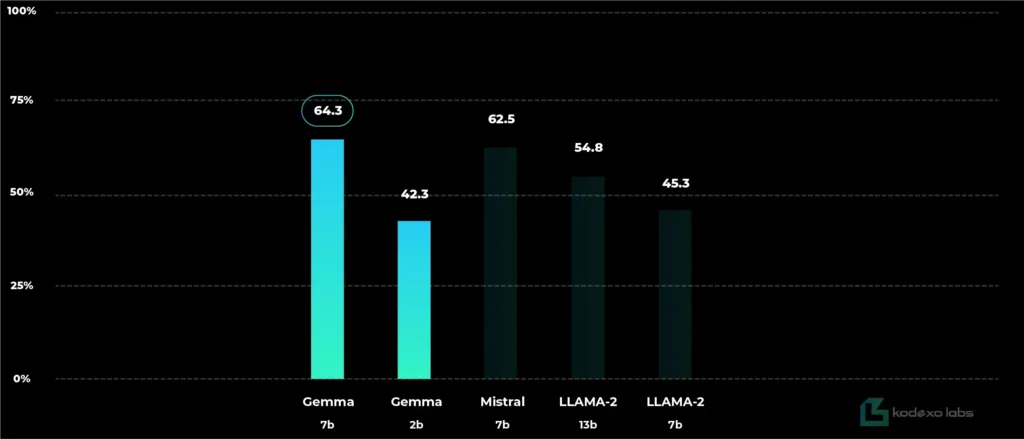
Who can Benefit from the Gemma AI Model?
Google’s Gemma, an open source large language model, is designed to benefit a broad range of individuals and groups. By fostering innovation, promoting accessibility, and contributing to this AI, Google’s Gemma offers benefits to a diverse range of stakeholders within the AI community and beyond.
Independent Researchers:
Gemma’s open source nature allows researchers without access to expensive resources to experiment with and contribute to the field of open source large language models. This fosters innovation and collaboration within the research community.
Hobbyist Developers:
The lightweight nature of Gemma makes it accessible to hobbyist developers interested in exploring and learning about LLMs. They can experiment and build small-scale projects without needing access to powerful computing infrastructure.
Educators and Students:
Gemma’s open source code and powerful capabilities can be valuable tools for educators and students. They can use it for educational purposes, such as exploring natural language processing tasks or understanding how LLMs work.
Startups and Small Businesses:
With limited resources, startups and small businesses can leverage Gemma’s capabilities to build AI-powered applications without needing massive computational resources. This helps them compete with larger companies and innovate in their respective fields
Content Creators:
Gemma can assist content creators by generating different creative text formats, translating languages, or summarising information. This can save them time and effort while potentially enhancing their creative process.
Accessibility Developers:
By integrating Gemma with accessibility tools, developers can create new solutions for people with disabilities. For example, Gemma can be used to transcribe audio or translate text into sign language, promoting inclusivity and accessibility.
Niche Developers:
Gemma’s ability to be fine-tuned for specific applications makes it valuable for developers working in niche areas. They can tailor the model to their specific needs, addressing unique challenges in their field.
Ethical AI Advocates:
Gemma’s development aligns with AI model by Google principles, making it a valuable tool for advocates promoting ethical development and use of AI. They can showcase Gemma as an example of these AI and machine learning development practices.
Open source Software Enthusiasts:
As an open source project, Gemma contributes to the open source software community. Enthusiasts can contribute to the project’s development, fostering collaboration and innovation within the open source ecosystem.
The General Public:
Ultimately, the benefits of Gemma’s advancements in AI trickle down to the general public. This includes potential improvements in areas like accessibility tools, educational resources, and innovative consumer applications.
Benefits of Responsible AI:
Responsible AI principles are crucial for ensuring the beneficial and ethical development and use of powerful AI tools like Google’s open source large language models (LLMs). Here’s how a responsible approach to the AI model by Google LLMs can offer several advantages:
Reduced Bias:
These AI development practices within Google’s framework minimise bias in the model’s training data and algorithms. This helps to ensure that the open source LLM produces fairer and more equitable results when used by developers, promoting trust in AI technology.
Enhanced Transparency:
AI model by Google principles emphasise transparency in the development and use of open source LLMs. This allows developers to understand how the model works and identify potential limitations, leading to more responsible implementation in various applications.
Increased Security:
A responsible approach prioritises the security of Google’s open source LLM. This includes measures to prevent malicious use and ensure data analytics and privacy, fostering trust and confidence in the technology for developers and users alike.
Openness and Collaboration:
By making the LLM open source, AI model by Google approach fosters collaboration and innovation within the developer community. This allows researchers and developers to scrutinise and improve the model, contributing to its responsible development and utilisation.
Ultimately, a responsible approach to Google’s open source LLM fosters trust in AI technology, promotes ethical development, and paves the way for beneficial applications that serve the greater good.
Seamless Collaboration | Cost-Efficient Solutions | Faster Time-to-Market

What to Expect in the Future of Responsible AI?
The future holds exciting possibilities for further development in the realm of this AI. One crucial driver of this progress is the continued evolution of open source large language models (LLMs) like Google’s Gemma. These models democratise access to powerful AI, fostering a wider pool of researchers and developers who can contribute to the advancement of these AI practices.
One key future advancement lies in enhancing the explainability of AI decisions. AI model by Google emphasise transparency and accountability. By equipping open source LLMs with the ability to explain their reasoning and decision-making processes, developers can build trust and ensure their applications are aligned with ethical considerations.
Another crucial area of progress lies in mitigating bias in AI systems. Open source LLMs like Gemma can be fine-tuned with diverse datasets and trained on methods that identify and remove potential biases, ensuring fairer outcomes and preventing societal harm. This aligns with Google’s commitment to building AI that is socially beneficial and avoids perpetuating existing inequalities.
Furthermore, fostering collaboration between researchers, developers, and policymakers is vital for establishing robust ethical frameworks and best practices around this AI. By making open source LLMs the cornerstone of this collaborative effort, stakeholders can collectively shape a future where AI serves as a force for positive change in the world.
Conclusion:
The conversation surrounding this AI remains critical as open source LLMs like Google’s Gemma become increasingly accessible. While these models hold immense potential for progress, their development and usage necessitate careful consideration of ethical and societal implications.
The AI model by Google principles provide a framework for developing Gemma with safeguards in place. However, true responsibility goes beyond the model itself. It necessitates a multi-pronged approach encompassing careful design, rigorous testing, and transparency through open source practices.
The open source nature of Gemma empowers the developer community to participate in building these AI applications. By wielding these tools thoughtfully and adhering to these AI practices, developers can harness the power of open source LLMs to create solutions that benefit society while mitigating potential risks.
Ultimately, achieving this AI requires a continuous collaborative effort. AI principles serve as a guiding light, but the journey towards truly AI necessitates ongoing efforts from developers, researchers, and society as a whole. By fostering open dialogue, rigorous testing, and responsible development practices, we can ensure that open source large language models like Gemma contribute to a future brimming with these AI advancements.
In conclusion, the continued development of open source LLMs, coupled with a focus on explainability, bias mitigation, collaboration, and adherence to Google AI principles, holds tremendous potential for unlocking the full potential of this technology in an ethical and responsible manner. This collaborative effort will ensure that AI empowers individuals and societies for a brighter future.

Author Bio
Syed Ali Hasan Shah, a content writer at Kodexo Labs with knowledge of data science, cloud computing, AI, machine learning, and cyber security. In an effort to increase awareness of AI’s potential, his engrossing and educational content clarifies technical challenges for a variety of audiences, especially business owners.
